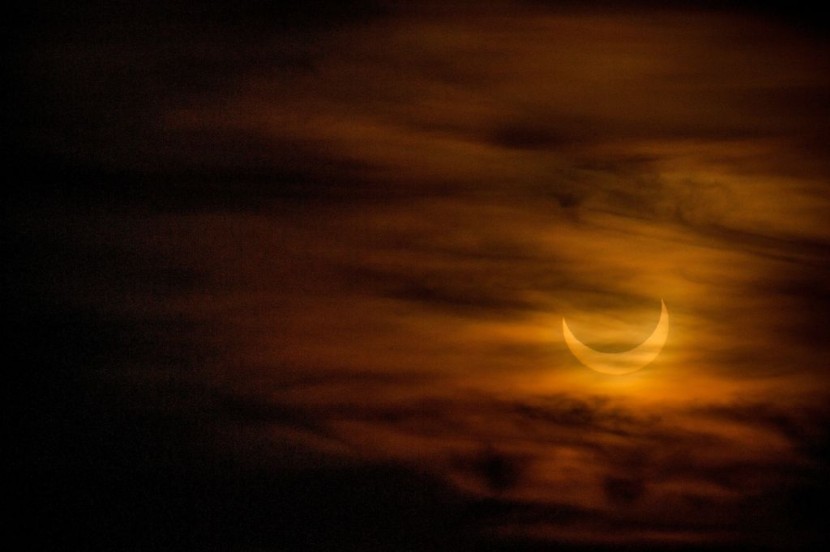The solar eclipse "Ring of Fire" will soon appear in the sky.
If you are among those who are excited to see this annual space event, here's how you can watch it and other details.
Solar Eclipse Ring of Fire 2023

The Ring of Fire Solar Eclipse is an annular solar eclipse. This 2023, will be the first time that this space event will be visible across North America.
Skywatchers who are in North, Central, and South America will be able to see the Ring of Fire Solar Eclipse partially, as reported by Live Science.
Since it is annular, the Ring of Fire will be different from a total solar eclipse. Instead of covering the entire sun, it will leave an outer layer.
Jayne Aubele, the New Mexico Museum of Natural History & Science senior director, said that the upcoming solar eclipse will give the effect of a ring of fire, which is quite remarkable on its own.
The complete view of the solar eclipse Ring of Fire will be visible in the narrow path (path of the annular solar eclipse) for a few minutes. It can be seen first in the following locations:
- Oregon
- Northern California
- Nevada
- Utah
- Northeastern Arizona
- Southwestern Colorado
- New Mexico
- Texas
After that, the solar eclipse's complete view will be seen in:
- Mexico's Yucatan Peninsula
- Belize
- Honduras
- Panama
- Columbia
- Brazil
How To Watch the Solar Eclipse

USA Today reported that the Ring of Fire Solar Eclipse will appear on Oct. 14. It will begin in Oregon at around 9:13 a.m. PT and will end in Texas at around 12:03 p.m. CT.
NASA said that watchers should not directly look at the sun during the event. For those who still want to see it directly, the space agency suggested using solar viewing glasses (aka eclipse glasses.
If you can't buy these certified glasses, NASA said that indirect viewing is a good method to see the solar eclipse.
One way to do this is to use a pinhole projector with a small opening to project the sun's image onto a nearby surface.
You can click here to learn more details.








